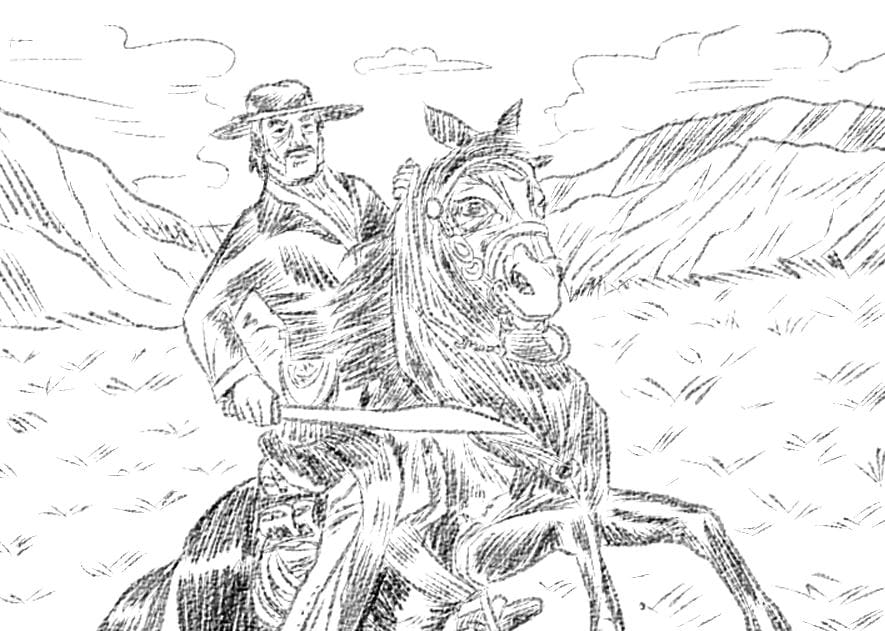The clash between cacique and local leader: Juan Álvarez vs. Florencio Villarreal
Learn more about Juan Álvarez and Florencio Villarreal, who clashed in a political circumstance marked by the recent loss of part of the territory, fears of fragmentation, and the existence of de facto local powers.





